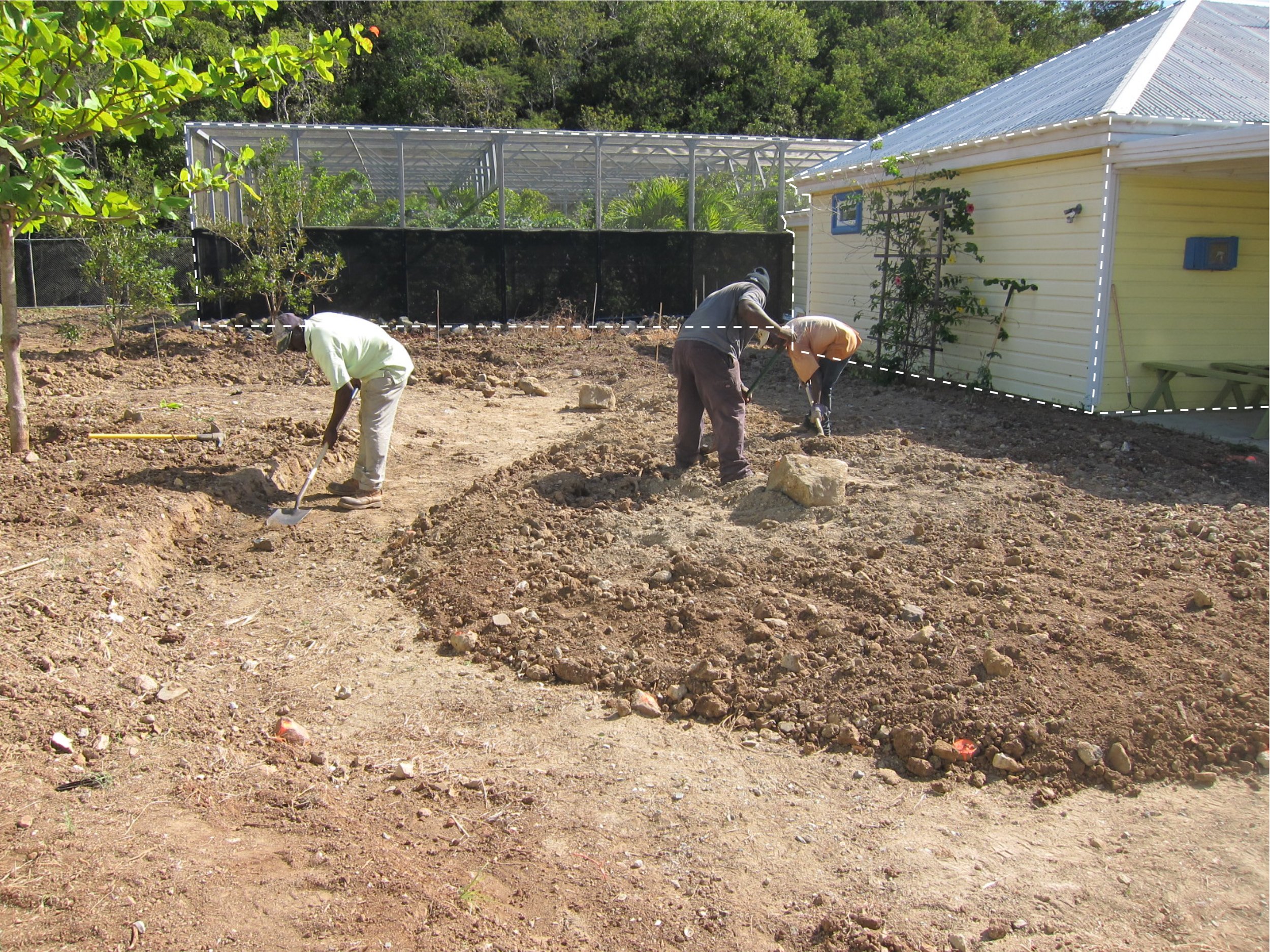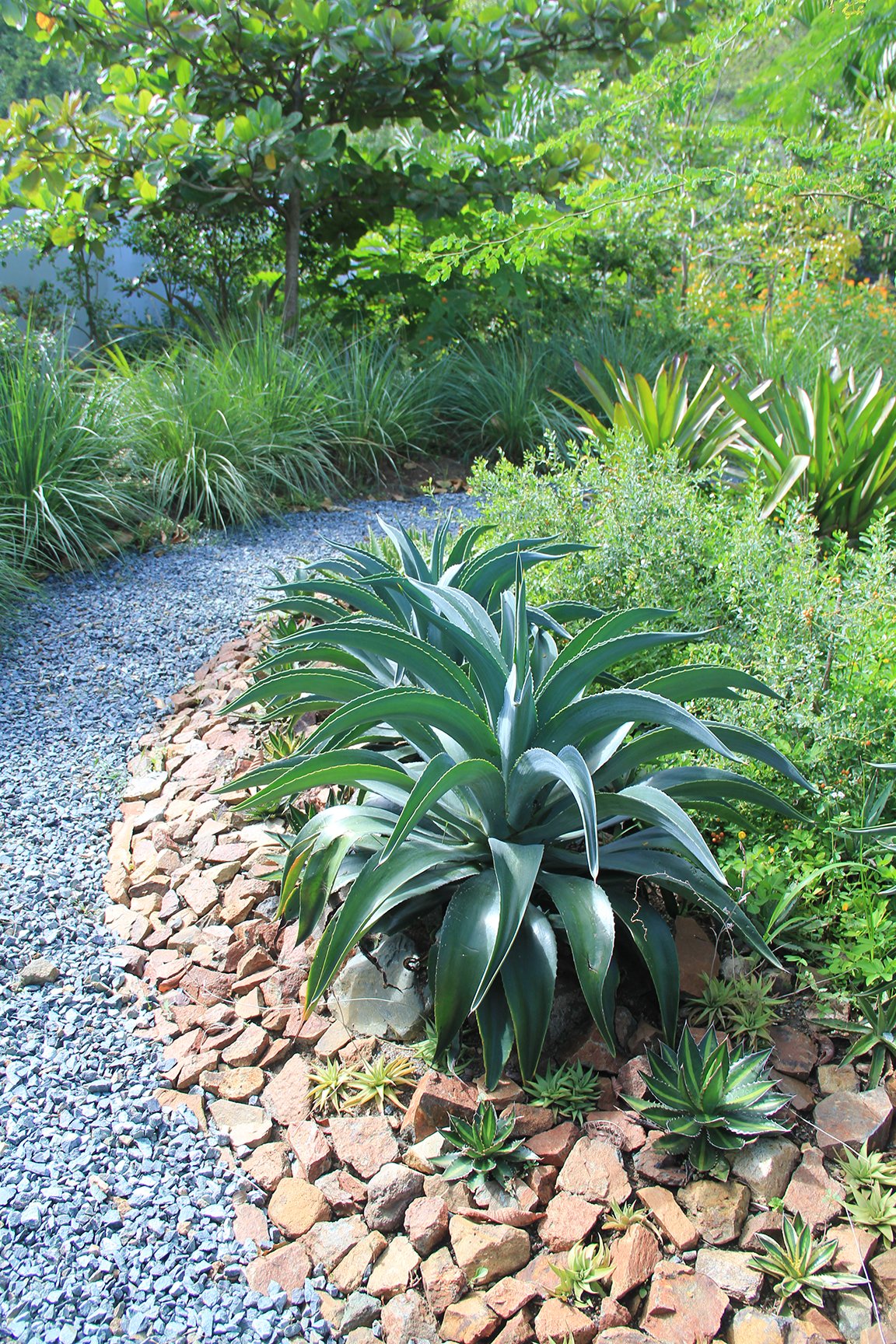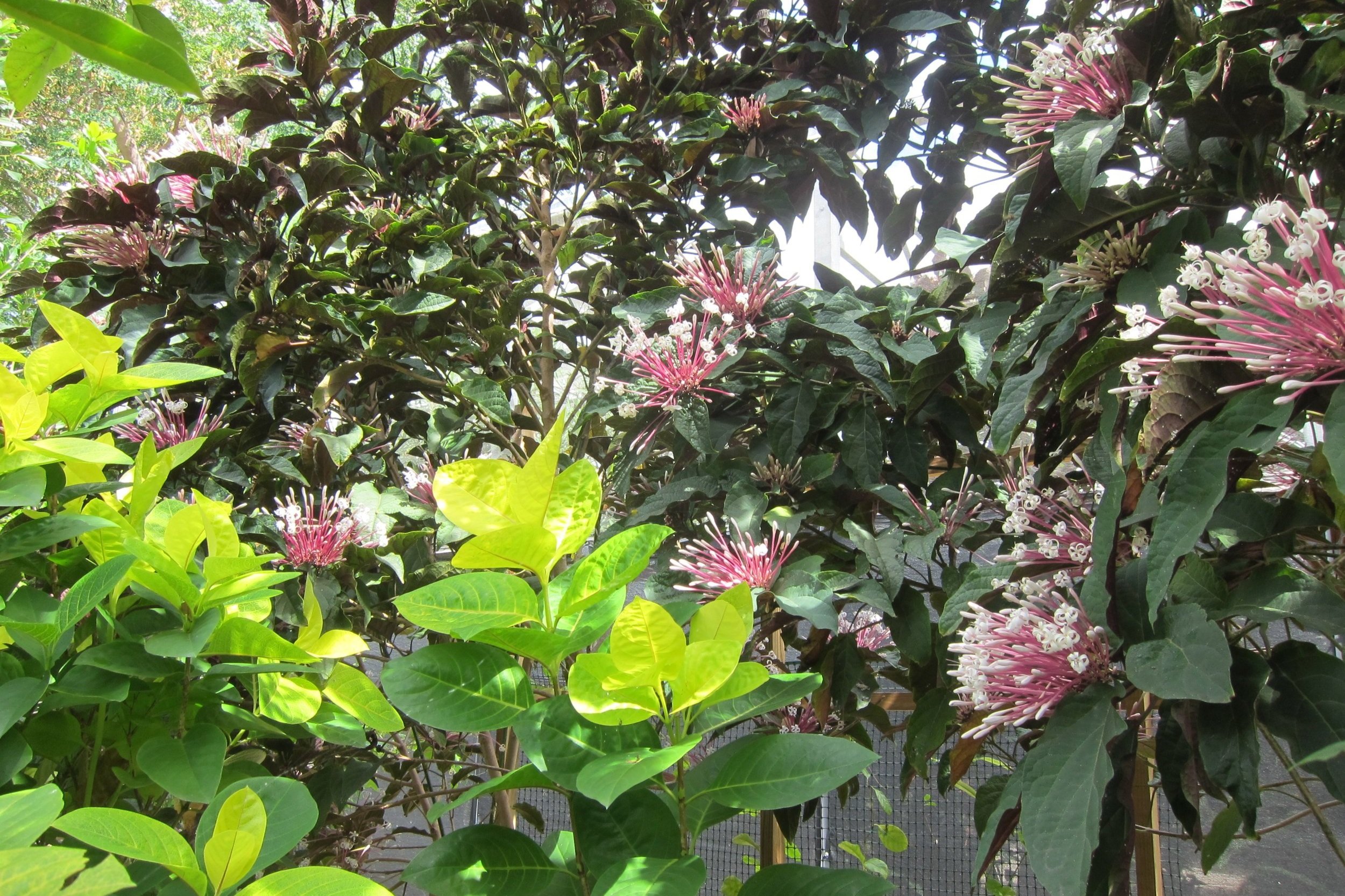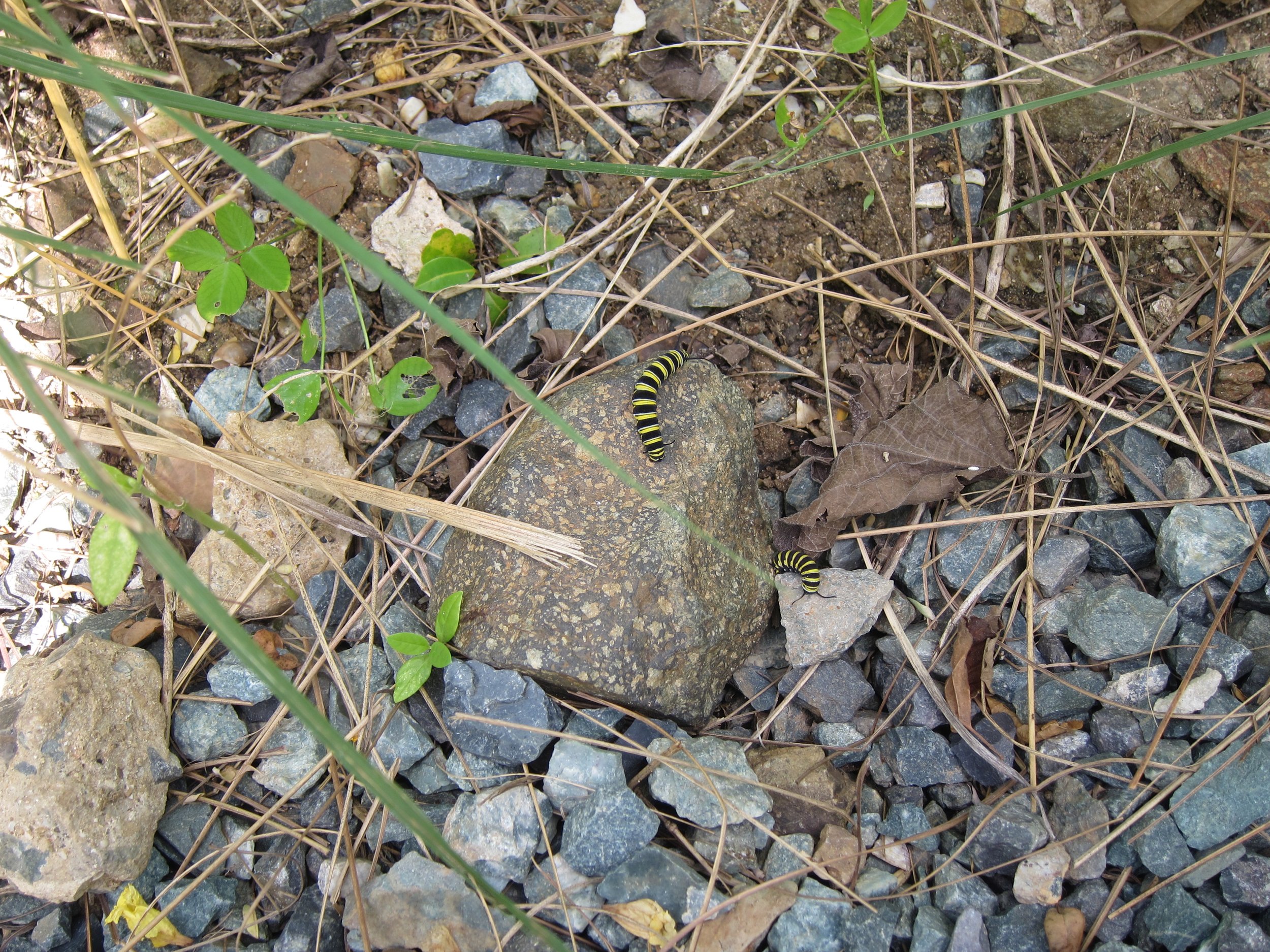THE BUTTERFLY GARDEN
POLLINATORS FOR CONTAMINATED LAND
PROJECT STATUS | BUILT
PROJECT BACKGROUND
This very low-budget design-build project was completed in 2012 with plants grown in our nursery. The original exhibit facility included a 10,000-sf mesh enclosure hosting exotic butterflies, shipped as chrysalises mainly from Asia and completing their life cycle in the exhibit as adults. We convinced the client to complement the exhibit with a garden outside meant to attract local butterflies and hummingbirds. Both native birds and butterflies are in decline on the islands, primarily due to lack of food and shelter, caused by landscape degradation, pesticide use, and urbanization.








THE SITE IN TIME
The site is located near St. Thomas Harbor, adjacent to the WICO cruise ship dock. The parcel of land was surrounded by warehouses, asphalt, and parking lots, and after we started work, we discovered it was once part of an industrial site. Below a thin surface layer, the soil was contaminated. The existing butterfly exhibit was targeting cruise ship tourists, combining this venue with a visit to Coral World Ocean Park. Due to a lack of profits, the process of dismantling the exhibits, both inside and outside, started around 2020. Plants were stripped, relocated, or stolen, and the soil now lay bare again.






EXISTING CONDITIONS
When we started work, an existing modest building was serving as a welcoming center for an exotic butterfly exhibit hosted inside an outdoor structure, screened all around. The screened structure and an additional setback with no plants were required by law to prevent exotic butterflies from escaping into the wild and affecting local Lepidoptera populations through crossbreeding.






SOIL REGENERATION
The first action was to procure good soil to compensate for the contaminated subsoil materials. We delivered truckloads of fertile soil that we salvaged from the construction of a church on the island. It smelled like cow manure... and did not need any other amendments.





INITIAL CHALLENGES
Stormwater started accumulating at the bottom of the path, as expected, due to the compaction of the existing subsoil materials. We installed perforated drainpipes and irrigation along the path to transform it into a dry swale and raised the level using a layer of crushed gravel. No metal edging was allowed in our budget, so tall grasses and recumbent plants were used instead to soften and cover the soil-gravel edge along the path.









EDGES AND BOUNDARIES
The edges of the site were weak and overwhelmingly bare, defying the idea of a garden: a chain-link fence bordered the woodland behind, plywood separated the industrial site, and a guardrail marked the road boundary. By using forbs, grasses, and bromeliads along the curvilinear path, we created mystery, texture, and color contrast at each curve, making the space feel larger. Fast-growing species were planted at the boundary to create an inward experience, providing partial shade and shelter to the butterflies.










WITH TIME IN MIND
Small palms and trees were planted in the mix of shrubs, forbs, and grasses, and would go unnoticed as such until emerging taller over time. We used agave and bromeliads, adaptable to the site’s heat, to protect the smaller herbaceous plants while they were establishing themselves. The garden changed over time, with our editing in or out during the four years of weekly maintenance. As the soil and microclimatic conditions gradually improved with plant growth, more flowers appeared, more butterflies, but also more shade, and the fast-growing species now needed to be thinned out or eliminated. We had to schedule gardening practices to help with quick leaf and flower regeneration for those herbaceous perennials needed as host plants for the caterpillars of certain butterflies.








NOT-FOR-US FLOWERS
We planted herbaceous plants in masses to help butterflies notice them, often filling spaces among small trees and other more structured plants. We used agave, aloe, and bromeliads in sculptural drifts along the path to hold the more disorganized herbaceous plants or shrubs in place, and to provide drinking water for birds in their cups and nectar for hummingbirds with their flowers. To our delight, we realized that most of our native plants with small flowers, often unappreciated by people, were very much appreciated by pollinators instead, and their fruits were eaten by birds. We introduced as many host plants as possible to feed the caterpillars and help sustain a full life cycle whenever possible.












NON-NATIVES IN A CAGE
The closed exhibit welcomed visitors to stroll and learn about the life cycle of the exotic butterflies on display during a guided tour. We were not asked to improve the planting design inside: there were trees and benches in the shade for the tourists, and a few exotic species mainly in pots to provide nectar on days when the adults would flutter around in the caged shelter. Visitors were encouraged to wear bright colors to attract butterflies, making it easier to take better pictures.
NATIVES FREE IN THE GARDEN
A close-up view of the collection of flowers and native visitors that we monitored in the garden: smaller flowers and smaller butterflies can be appreciated just as much! Especially in a barren site where we could never have imagined they would ever come, or where they would have come from.






















































































